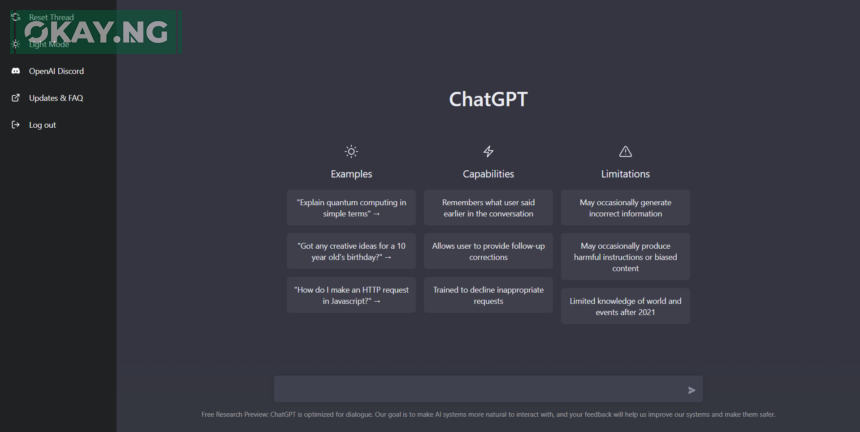ChatGPT, a new language model developed by OpenAI, has recently been making waves in the artificial intelligence community. The model, which is based on the GPT-3 architecture, is designed to generate human-like text in a conversational style.
ChatGPT has been trained on a massive amount of data, allowing it to produce highly realistic and diverse responses to a wide range of prompts. In a demonstration of its capabilities, the model was able to hold a convincing conversation with a human evaluator on a range of topics, including sports, politics, and current events.
One of the key advantages of ChatGPT is its ability to maintain the context of a conversation and incorporate new information as it becomes available. This allows the model to produce more coherent and cohesive responses, making it more effective at simulating human conversation.
In addition to its conversational abilities, ChatGPT also has the ability to generate text in a variety of styles and formats, including news articles, poetry, and even fiction. This makes it a valuable tool for a wide range of applications, including content creation, language translation, and even customer service.
Overall, ChatGPT represents a significant advancement in the field of natural language processing, and is sure to have a big impact on a wide range of industries and applications.












